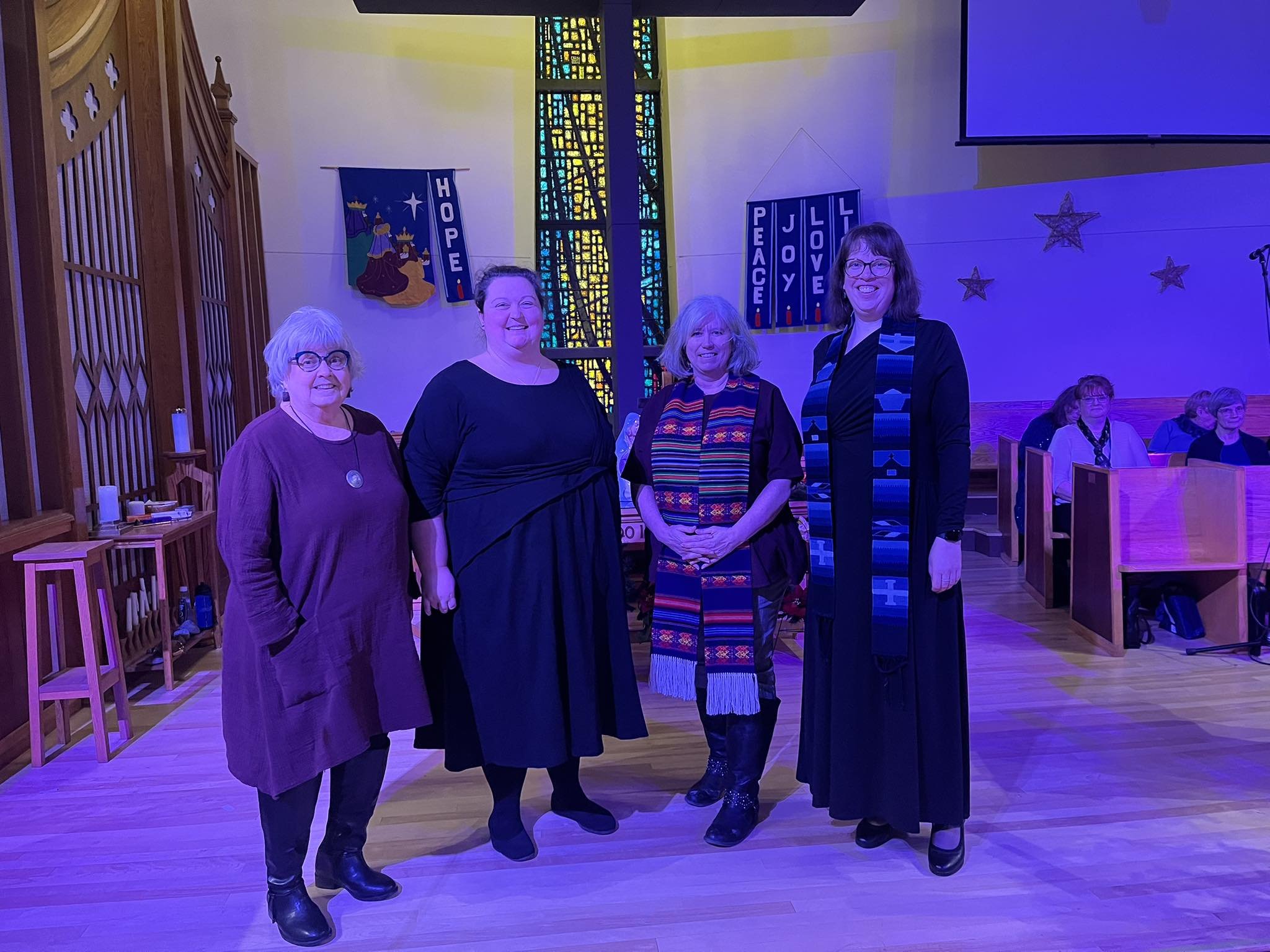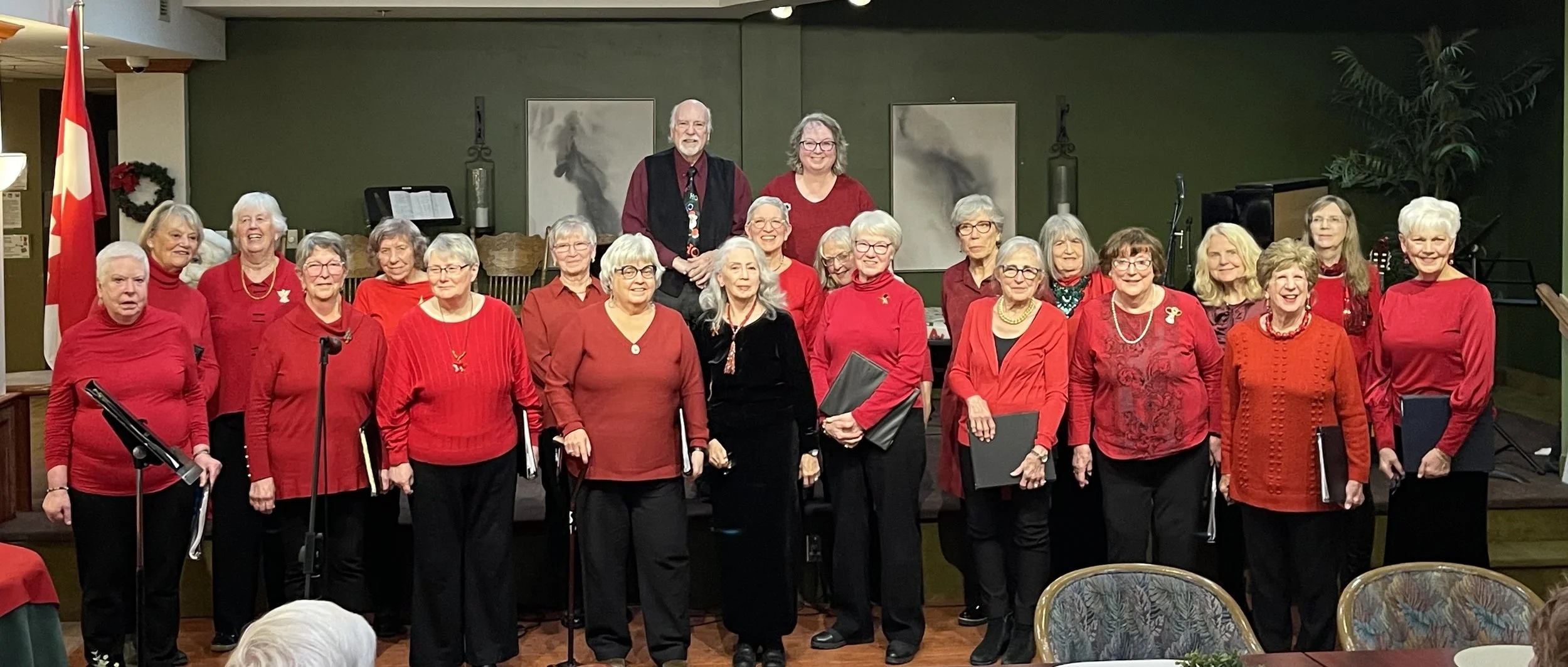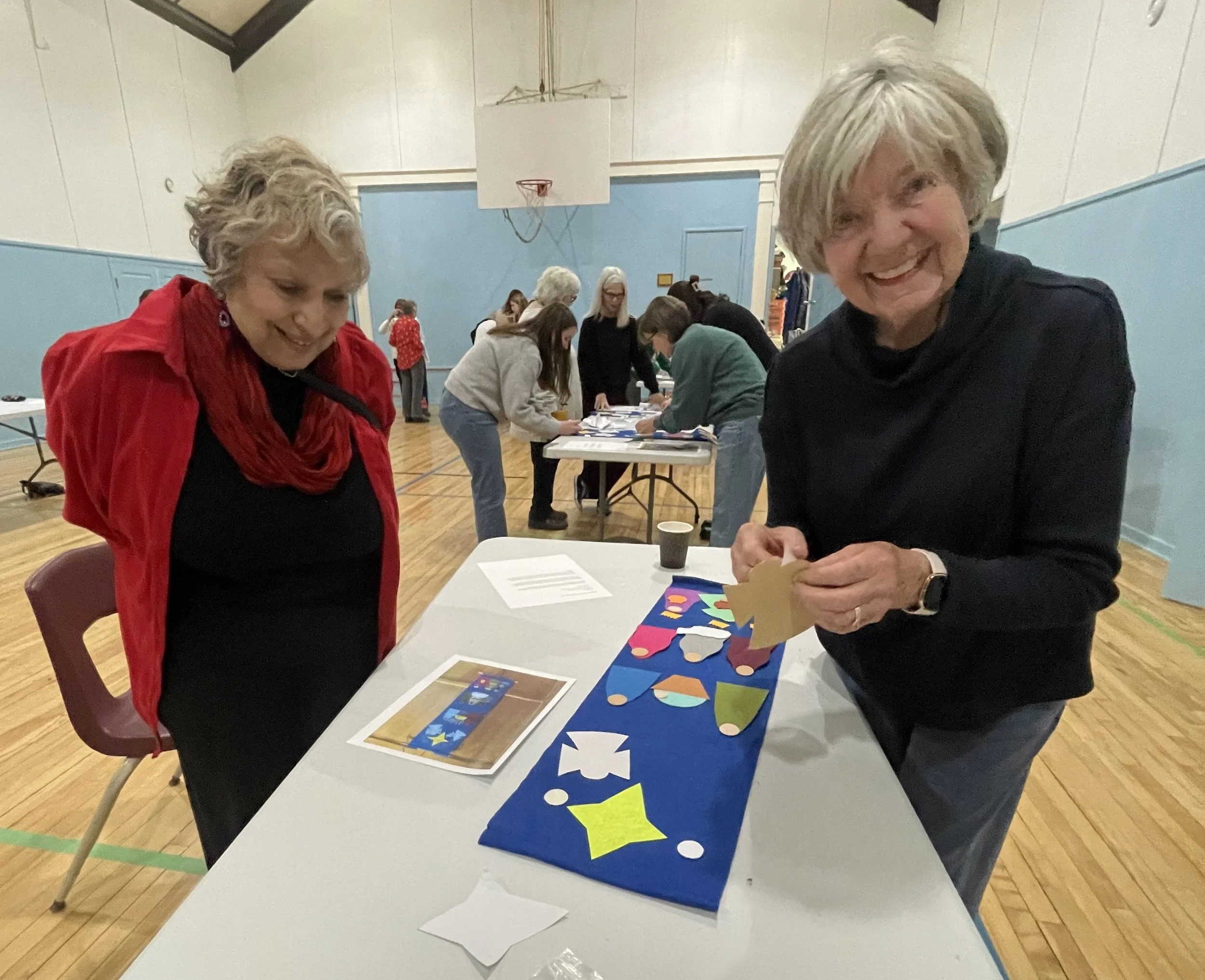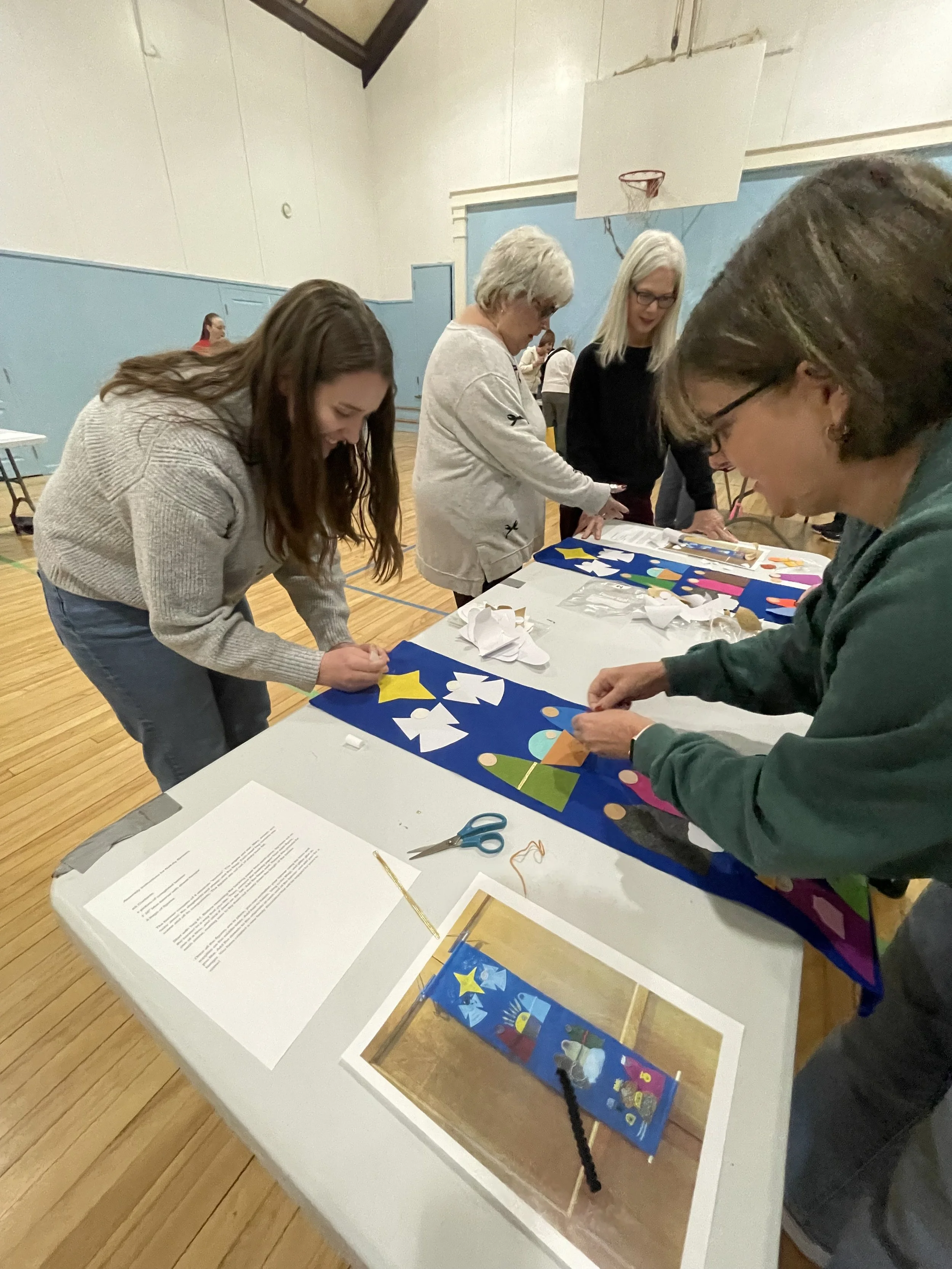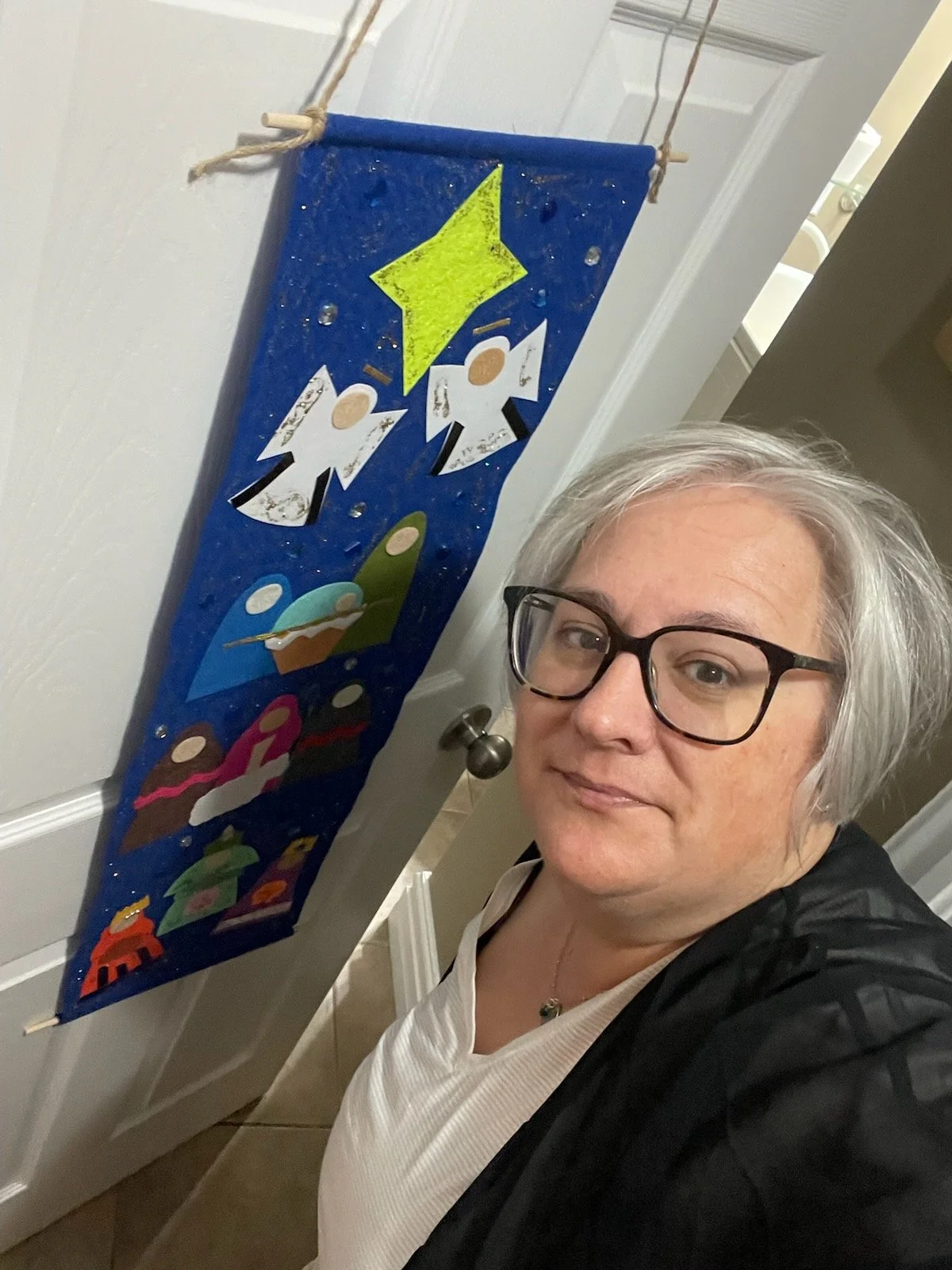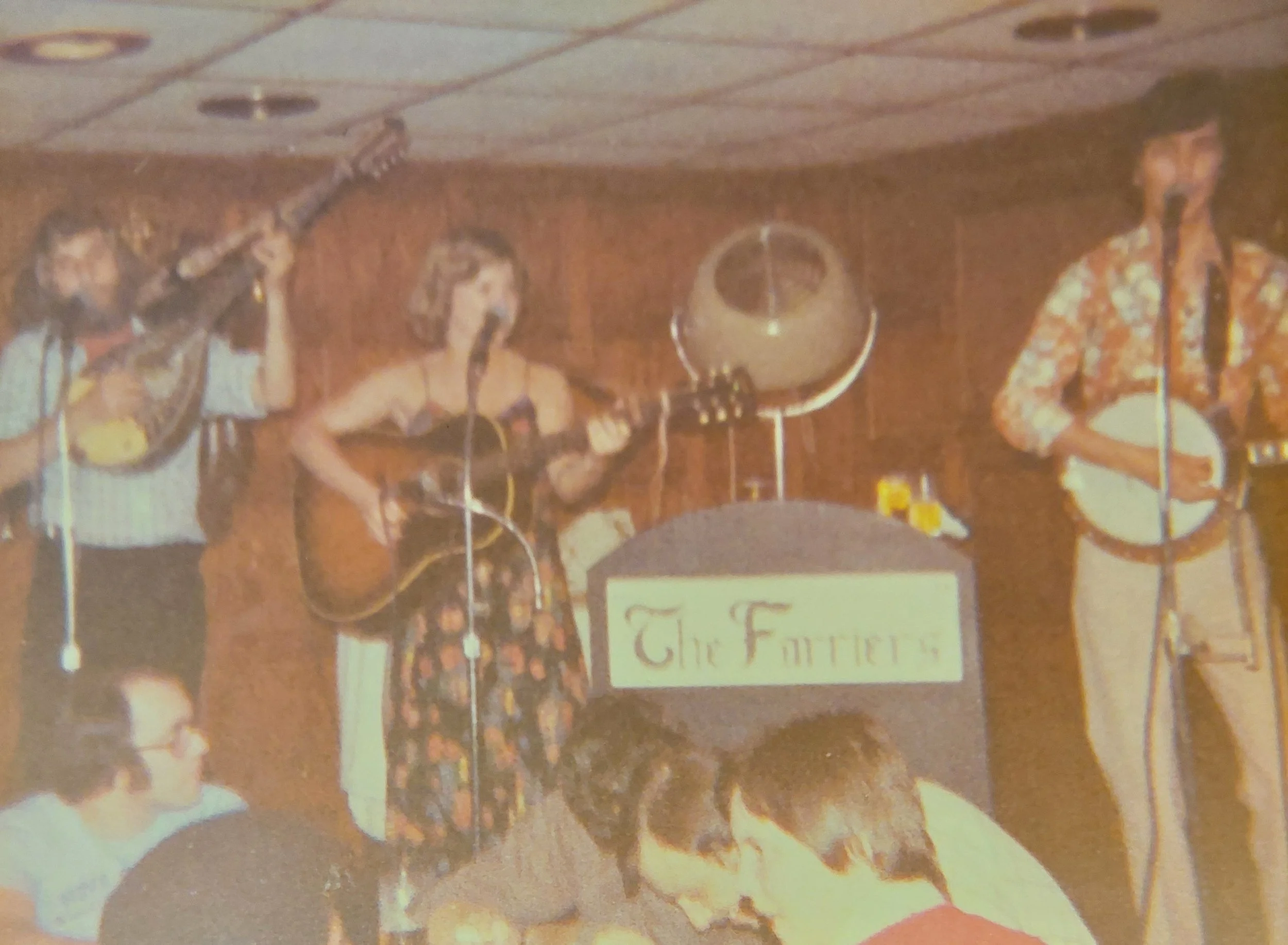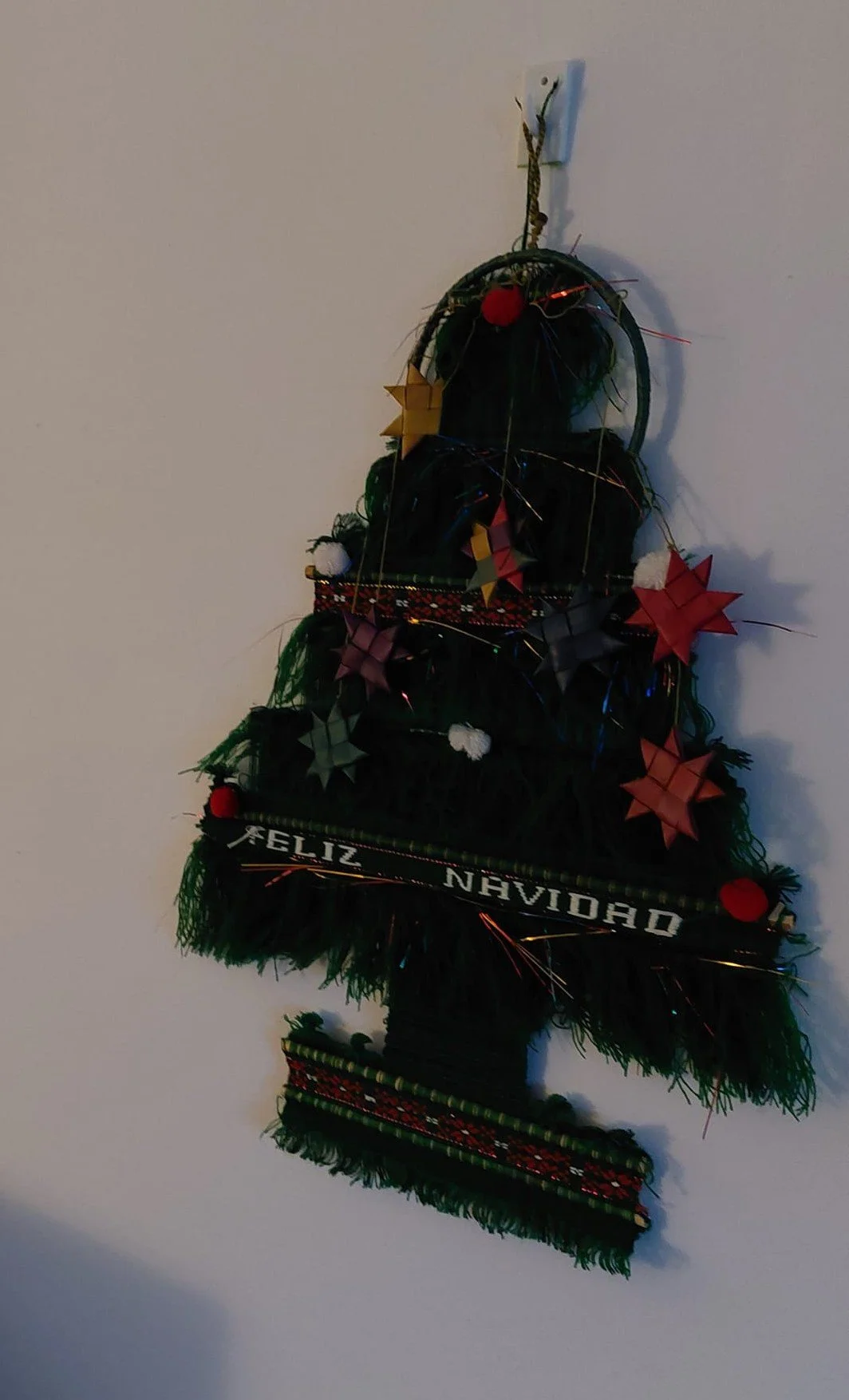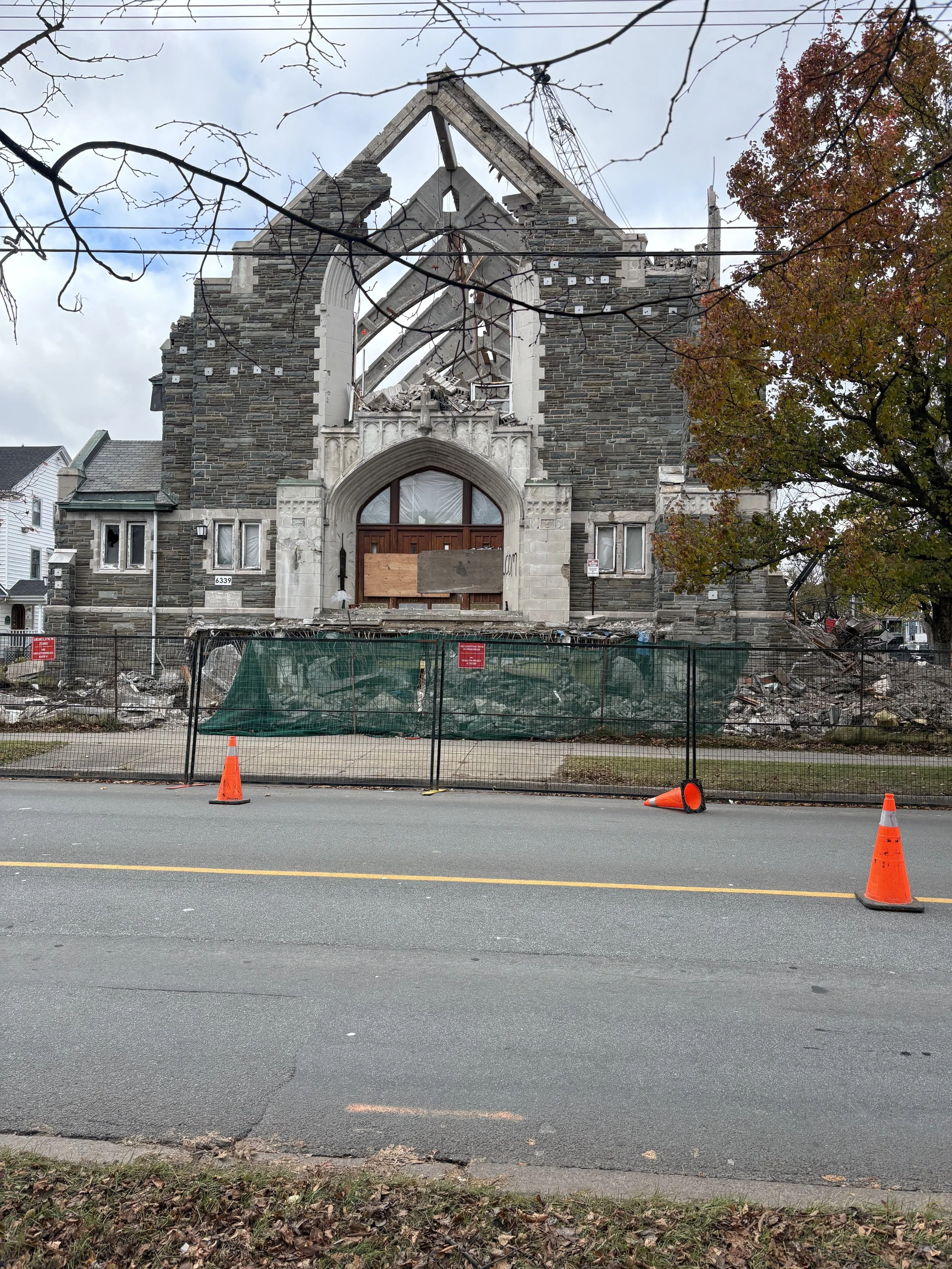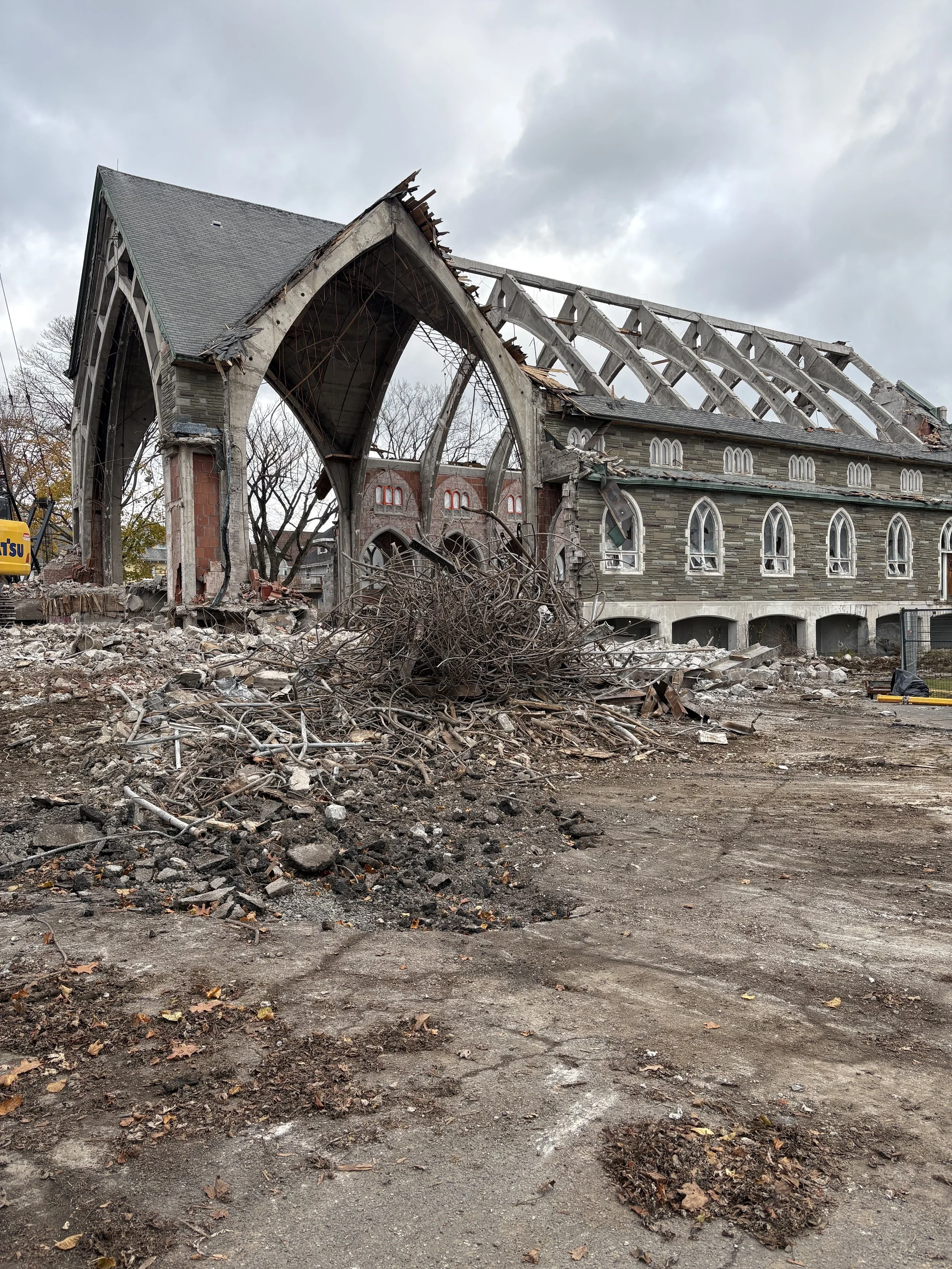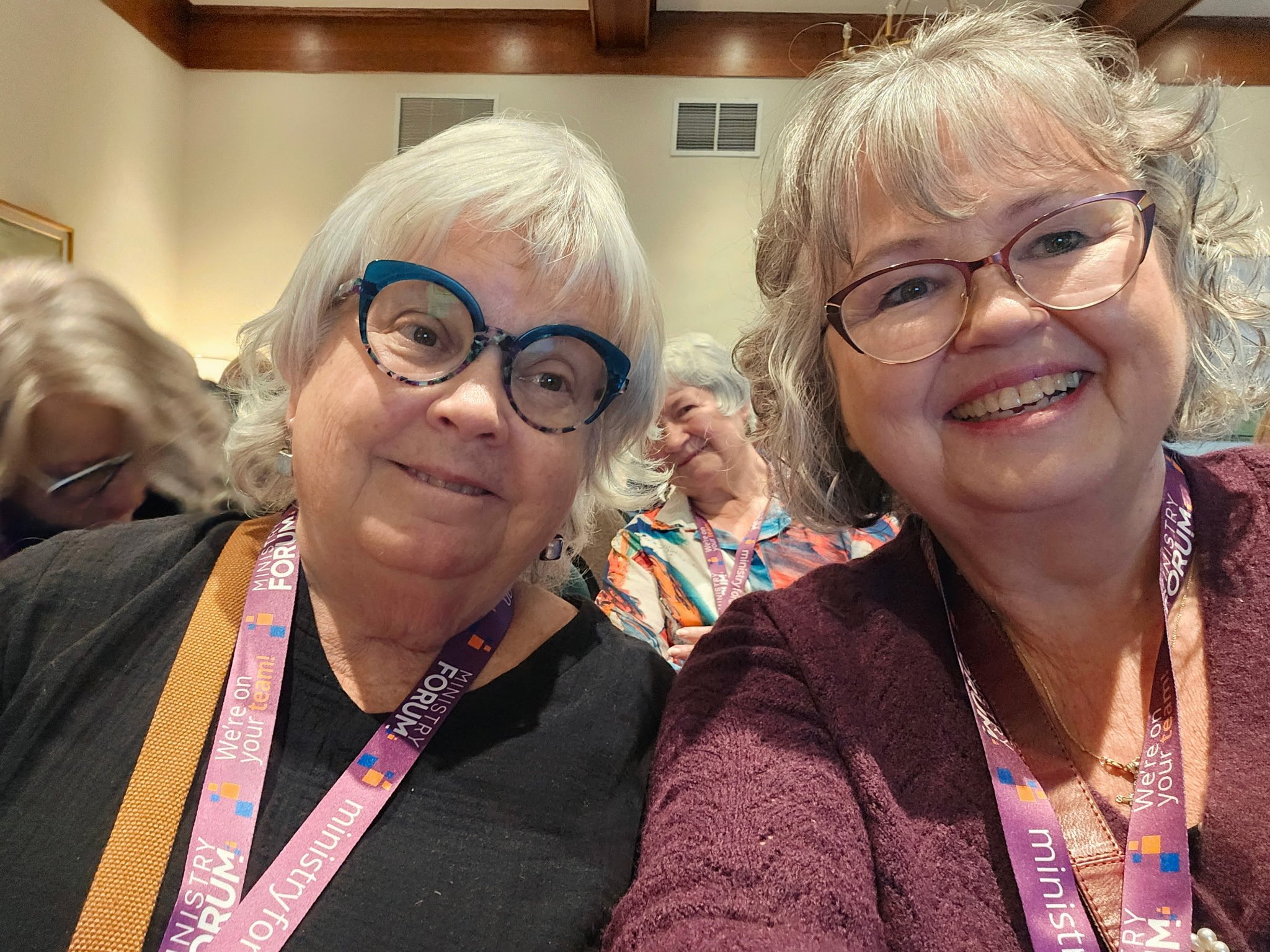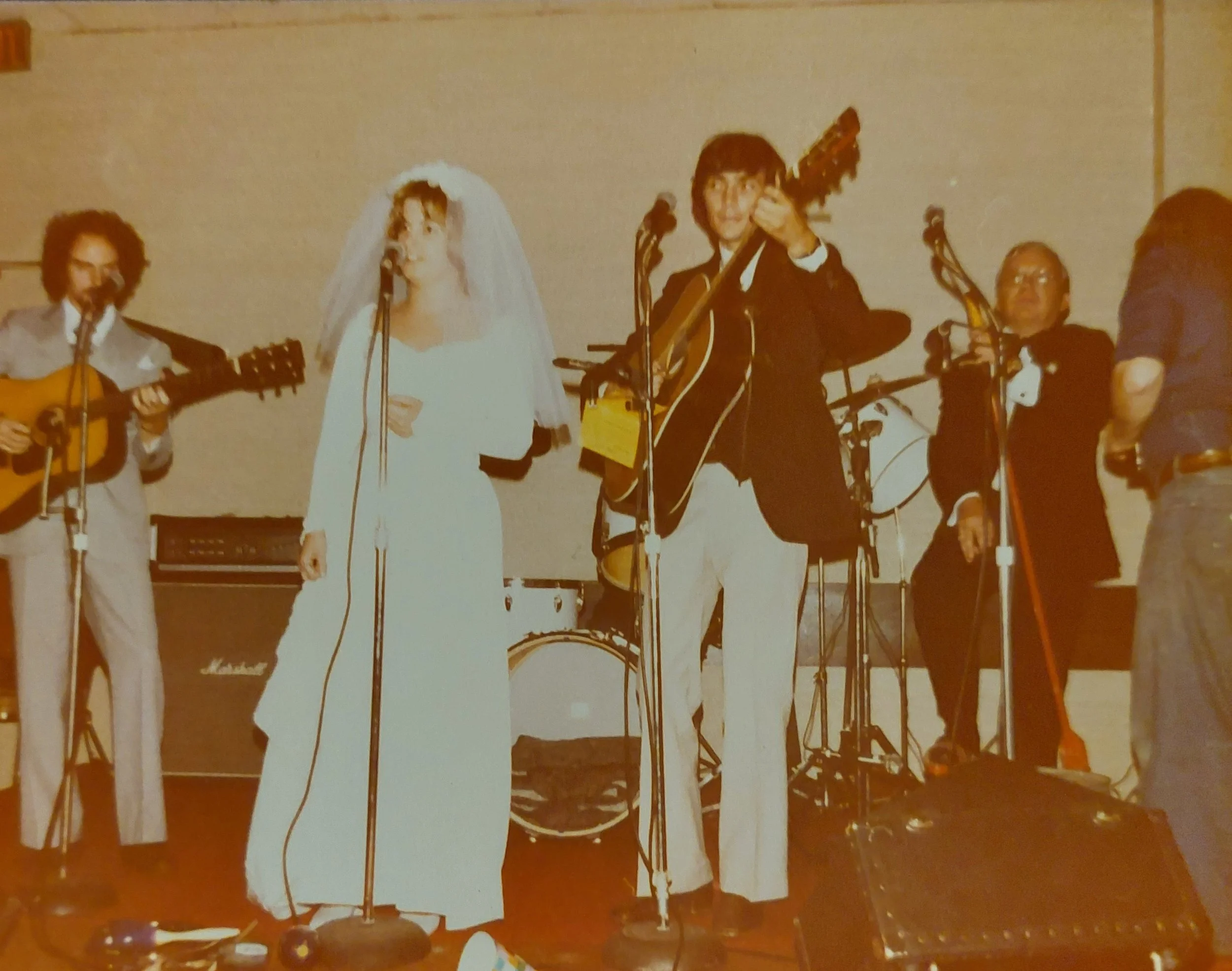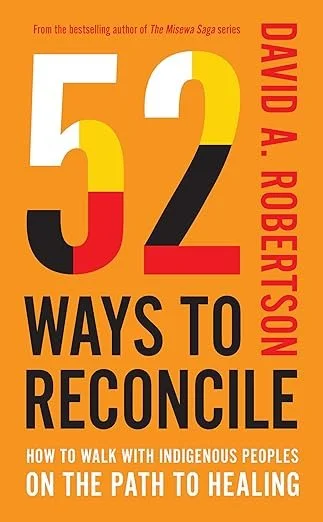December 23/24, 2025
This will be my last blog for 2025. Last year I was like a deer in headlights going through Advent and Christmas with you … there are so many events and celebrations, so much music and outreach into the community. I found it hard to keep up with it all, and prayed that I was helping not hindering the well oiled Bethany Advent/Christmas machine. I remember thinking at the time “it’s too bad I won’t get a chance to do this again … I have learned so much about how you do things.”
One year later … and I am much more attuned to all the traditions and practices at Bethany … and feel very blessed to have been part of them once again this year. You do it well.
You probably know by now that all staff will be taking a much deserved break until Jan. 4. There is an emergency pastoral plan in place during that time, but other than that the office and building will be closed, except for Sunday worship on Dec. 28th.
I was going to take a quick trip to Ontario to visit my sister and Alana, but in the end I find I don’t have the energy (or the finances!) to do even that. So I will be laying low (Pat has to go back to work on the 27th) … watching movies, knitting, reading, and playing music.
I thought I might share what’s on the Martin playlist every Christmas. A tradition for at least 25 years or more was that every year we got a new Christmas CD, so we have quite a collection. Here are my top 5:
The Chieftains, The Bells of Dublin
https://youtu.be/TMNR2ySiPd4?si=b0XVH0xkUh_E8RsW
Emmy Lou Harris, Light of the Stable
https://youtu.be/yw0IFPs1Umw?si=xJuZJtKS3RVx0T3j
B. B. King, The Christmas Collection
https://youtu.be/ZvCXgmJ3mDE?si=Bt_Di9XXz-usAGgT
Kathy Mattea, Good News
https://youtu.be/ye8MSW5r82A?si=yQ0Y2MGJfkiaxk6W
Vince Guaraldi, A Charlie Brown Christmas
https://youtu.be/_fh133ZO1AE?si=oRA4bAAGiX3PTWmM
We have tons more, Diana Krall, Tony Bennett, James Taylor, Harry Connick Jr. … all quite wonderful.
As for reading material … I have two new books on my list to read. I gave them both to friends and family this Christmas so I feel I have an obligation to read them … even if it’s a book club of two! Both are by Canadian authors, and have good reviews. First one is Mark Critch’s Sorry, Not Sorry (Sorry, Not Sorry: An Unapologetic Look at What Makes Canada Worth Fighting For by Mark Critch | Goodreads).
The other is The Upending of Wendall Forbes (a novel) by David Guiliano. David is a former moderator of the United Church of Canada, and an award winning author of both fiction and non-fiction. The Upending of Wendall Forbes - by Latitude 46 Publishing
As for movies … we are coming up to awards season and there are a number that are rising to the top of the list as far as nominations. Two that we have seen which we enjoyed are One Battle After Another (I think it is still in theatres, might be streaming or for purchase at home) and Jay Kelly on Netflix. We also loved the 3rd installment of the Knives Out series, Wake Up Dead Man, also on Netflix.
Still on our list to see: Hamnet, and Marty Supreme … and probably a bunch of others.
As for TV series (which are recognized as well as movies at the Golden Globes) … we have enjoyed Slow Horses (based on the books by Mick Heron) on Prime, The Diplomat on Netflix and Task on HBO Max.
So … that’s where you will find me over the next 10 days after tomorrow evening. Drinking tea (or maybe something stronger!) and eating chocolate … and hopefully doing some physio exercises to strengthen my knee.
Merry Christmas everyone! And many blessings for the New Year! See you in 2026!


